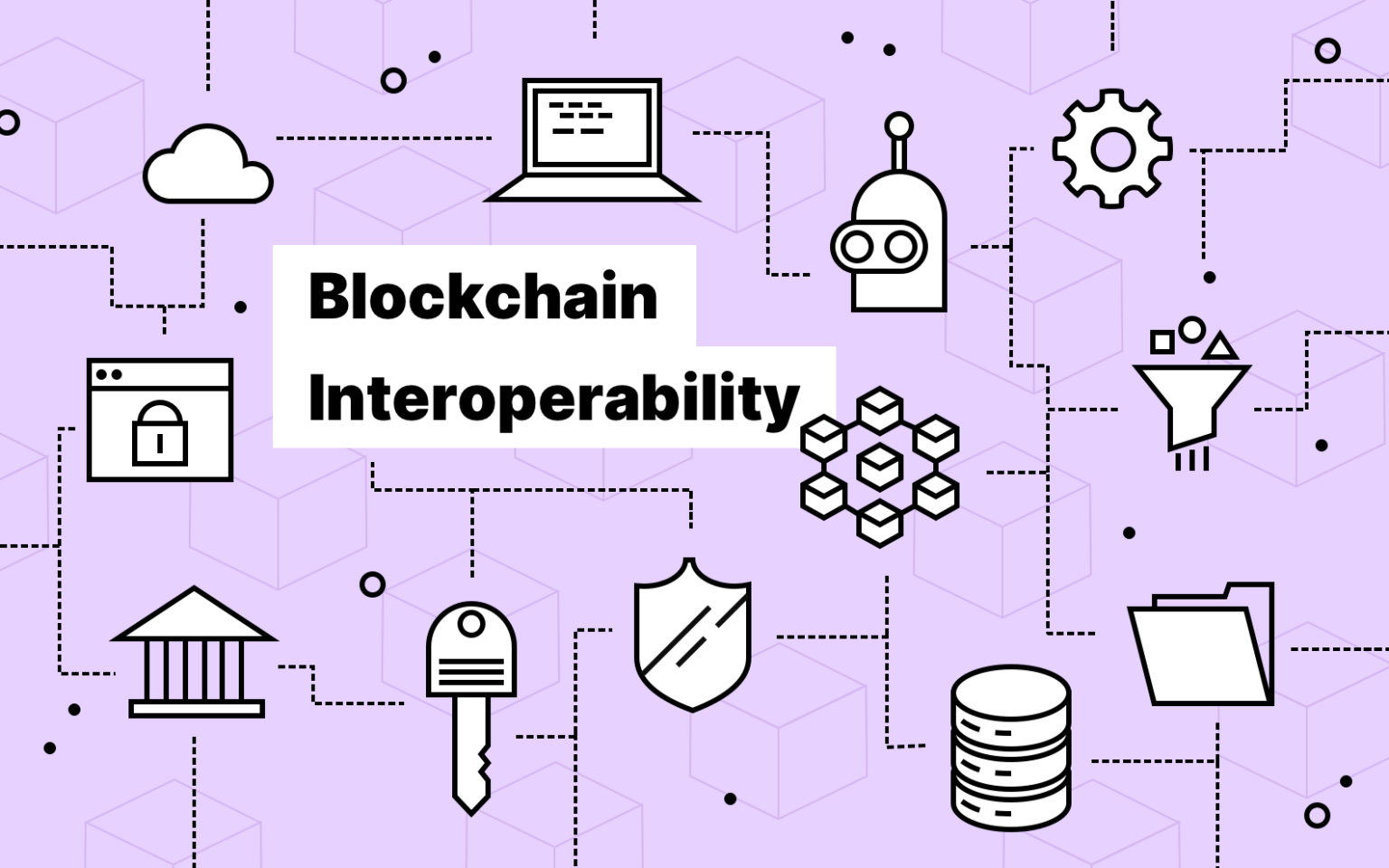Description
Introduction of Blockchain Networks
This course explores the concept of blockchain interoperability, focusing on how various blockchain networks communicate and collaborate to share data, assets, and services seamlessly. Participants will gain insights into cross-chain protocols, interoperability frameworks, and the technical and governance challenges associated with connecting multiple blockchains. Real-world use cases will demonstrate how interoperability boosts blockchain adoption by enhancing scalability and enabling more complex decentralized applications (DApps).
Prerequisites
- Basic Knowledge of Blockchain Networks (Ethereum, Bitcoin, or Polkadot)
- Familiarity with Smart Contracts (Solidity or similar languages)
- Understanding of Decentralized Finance (DeFi)
- Basic Networking Concepts (Protocols, APIs, and Cryptographic Keys)
Table of Contents
1: Blockchain Interoperability Basics
1.1 What is Interoperability, and Why Does It Matter?
1.2 Types of Blockchain Networks: Public, Private, and Consortium
1.3 Data and Asset Silos in Current Blockchain Networks
1.4 Benefits and Challenges of Interoperable Blockchains
2: Cross-Chain Communication Mechanisms
2.1 Atomic Swaps: Decentralized Asset Exchange
2.2 Hashed Time-Locked Contracts (HTLCs) for Secure Transactions
2.3 Relays: Chain-to-Chain Information Transfer
2.4 Bridges: Connecting Layer 1 and Layer 2 Networks
3: Protocols and Standards for Interoperability
3.1 Inter-Blockchain Communication (IBC) Protocol
3.2 Cross-Chain Messaging Protocols (Polkadot, Cosmos)
3.3 ERC-20 and ERC-721 Standards for Cross-Chain Assets
3.4 Interoperability APIs: Chainlink and Oracles
4: Governance and Security Considerations
4.1 Managing Security Risks in Cross-Chain Bridges
4.2 Governance Models for Interoperable Networks(Ref: Securing Edge Devices: IoT Networks Training)
4.3 Forking Scenarios and Cross-Chain Impact
4.4 Standards for Compliance and Regulatory Oversight
5: Case Studies and Real-World Implementations
5.1 Polkadot’s Relay Chain and Parachains
5.2 Cosmos and the Internet of Blockchains
5.3 Ethereum Layer 2 Solutions: Arbitrum and Optimism Bridges
5.4 Cross-Chain Applications in DeFi and NFTs
6: Building Interoperable Blockchain Solutions
6.1 Designing Smart Contracts for Cross-Chain Transactions
6.2 Creating a Simple Cross-Chain Bridge with Solidity
6.3 Implementing IBC for Token Transfers between Blockchains
6.4 Testing and Debugging Interoperable DApps
7: Tools and Frameworks for Interoperability
7.1 Overview of Cross-Chain Tools: Chainlink, Wormhole
7.2 Using Polkadot.js and CosmWasm for Development
7.3 Multi-Chain Wallets and Asset Management Tools
7.4 Setting Up Cross-Chain Explorers for Monitoring
8: Future Trends and Hands-on Project
8.1 Emerging Trends: Blockchain 3.0 and Multi-Chain Networks
8.2 Regulatory and Legal Challenges for Global Interoperability
8.3 Hands-on Project: Design an Interoperable DApp(Ref: Consensus Algorithms and Blockchain Scalability)
8.4 Presentation and Review of Final Projects
Conclusion
Participants will develop a deep understanding of blockchain interoperability concepts, protocols, and frameworks. Through real-world examples and hands-on activities, they will learn to design, build, and test interoperable blockchain solutions, preparing them to work on cross-chain DApps and infrastructure.







Reviews
There are no reviews yet.